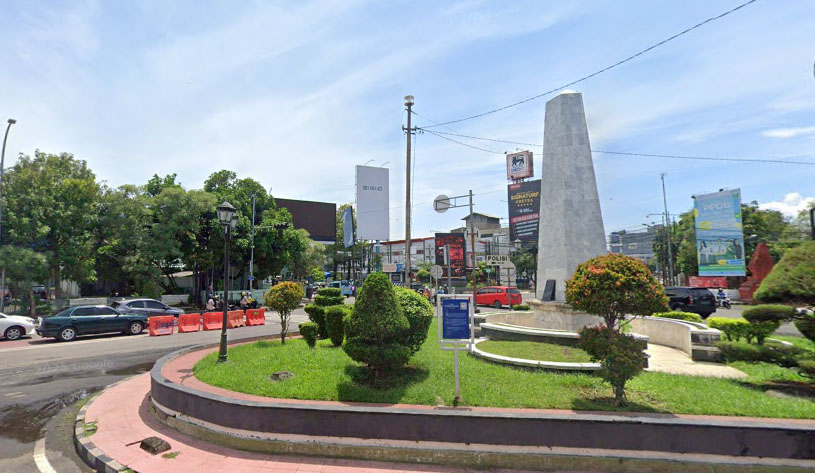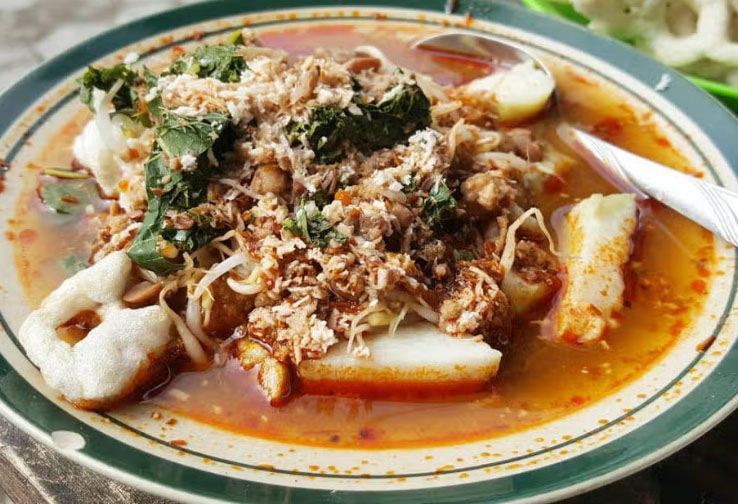TEMPO.CO, Jakarta - For many Indonesians, a warm bowl of porridge is a beloved way to start the day. Most are familiar with the classic chicken porridge, made from soft white rice gruel topped with shredded chicken, yellow curry sauce, and an assortment of savory skewers such as chicken liver, intestines, or quail eggs.
But few know that this popular dish actually has foreign roots. Chicken porridge is believed to have originated from China before being introduced to the archipelago by Chinese traders in the 16th century.
Over time, it evolved with local ingredients and flavors, creating the hearty and comforting version enjoyed across Indonesia today.
Beyond chicken porridge, Indonesia boasts an impressive array of traditional porridges, each with its own story, taste, and cultural touch. Here are some regional specialties from across the archipelago:
1. Diniyohu – Gorontalo
Originating from Gorontalo in northern Sulawesi, Diniyohu is a sweet porridge made from sago, brown sugar, and young coconut. Some variations include coconut milk, cinnamon, and peanuts.
According to the Indonesian Digital Library, its unique preparation involves boiling the young coconut together with other ingredients, giving it a rich and fragrant flavor.
Unlike the savory chicken porridge, Diniyohu offers a warm, sweet taste with a hint of spice from cinnamon. Its simplicity and preservative-free nature make it a timeless local delicacy.
2. Bubbor Sambas – West Kalimantan
Also known as Bubur Pedas Sambas, this porridge is a signature dish of the Malay Sambas tribe in West Kalimantan. Interestingly, the term pedas (“spicy”) here doesn’t refer to chili heat, but to the rich blend of spices and vegetables.
Made from roasted, pounded rice mixed with turmeric, pepper, and local herbs like kesum leaves, the dish exudes a distinctive aroma. Vegetables such as water spinach, corn, and ferns are added, along with beef or chicken.
The porridge is usually served with fried anchovies, peanuts, soy sauce, and lime, creating a savory, earthy, and slightly peppery flavor.
3. Tinutuan – North Sulawesi
Better known as Bubur Manado, Tinutuan is a vibrant mix of rice, pumpkin, corn, and leafy greens like spinach and water spinach. Its bright yellow color and fragrant basil make it both visually appealing and nutrient-packed.
As featured on the Indonesia Travel page, this wholesome porridge is often enjoyed with sambal roa (smoked fish chili paste) or salted fish, offering a comforting yet flavorful meal. Loved for its simplicity and nutrition, Tinutuan is a staple of North Sulawesi home cooking.
4. Uta Tabha – East Nusa Tenggara
In East Nusa Tenggara, Uta Tabha offers a tropical twist on porridge. Made primarily from corn, it is cooked with pumpkin, peanuts, papaya leaves, and coconut milk.
The porridge combines sweet, savory, and earthy notes from the vegetables and tubers, such as cassava or sweet potato. The result is a hearty and filling meal that reflects the agricultural richness of the region.
5. Bubur Ase – Betawi
From Jakarta’s Betawi community comes Bubur Ase, a unique fusion dish combining rice porridge with ase (a thin stew) and pickled vegetables.
Influenced by Chinese, European, and Middle Eastern culinary traditions, Bubur Ase features bean sprouts, tofu, soy sauce, and local spices. Topped with fried anchovies, peanuts, and crackers, it delivers a mix of sweet, sour, and savory flavors.
Interestingly, it is served at room temperature with hot soup, earning it the nickname “cold porridge.” Though rare, it can still be found in traditional areas like Kwitang and Tanah Abang.
From the sweet Diniyohu of Gorontalo to the hearty Bubur Ase of Jakarta, Indonesia’s diverse porridges reflect the country’s cultural blend and culinary creativity, transforming a humble bowl of grains into a celebration of local taste and heritage.
Annisa Nur Alimah contributed to the writing of this article.
Editor’s Choice: 10 Top-Rated Stews from Around the World, Two Are from Indonesia
Click here to get the latest news updates from Tempo on Google News
















































